The war changes every four months The fighter with the callsign “Kiber” is a pilot of the ACS-3 UAV. This…

Tall, bearded, the soldier firmly shakes my hand:
— Battalion commander of the 4th Separate Heavy Mechanized Brigade, callsign “Karat.”
When asked why exactly “Karat,” he replies with a sly smile: “Precious stones are measured in carats.”
— And without jokes — why did you decide to become an officer? Are there military men in your family?
“Karat” grows serious.
— Yes, there were. Since childhood, I wanted to become either a priest or a soldier. But since I now have a beard, you could say I am a kind of military priest.
— The beard is for solidity, or…?
— The beard is because I have scars on my face, I hide them — traces from a VOG grenade (Russian abbreviation for a fragmentation grenade round — ed.). And, let’s say, it also adds a little age and authority. I’m 29 now, and there are soldiers in the battalion much older than me.
I joined the army in 2016, in the Kryvyi Rih Battalion. I worked in logistics, supplying material assets. From there, in 2017, I entered the Kharkiv Military Institute of Armored Forces of NTU “KhPI,” at the faculty of armament and military equipment.
The head of the institute — back then still a colonel, now brigadier general Oleksandr Serpukhov. Everyone affectionately called him “Grandpa.” Oleksandr Vasylovych was a powerful commander, who trained people well. I remember he even scolded cadets if, while working on equipment, their hands were greasy or dirty, and they tried to shake hands for a greeting by the sleeve. He scolded them, took the hand, and shook it properly. He always said: “Don’t be ashamed, shake hands with a person who worked, who is eager to learn something.” Always with humor, but sometimes strict.
— How did the full-scale war begin for you?
— Already in December 2021, before New Year, Oleksandr Vasylovych understood that there would be a war. He divided all units, all courses, all faculties into platoons. I became deputy commander of an infantry platoon. On March 16, 2022, an order came, and we graduated — as masters, as lieutenants.
The first group was sent to the 4th Tank Brigade, which was just being formed at the time. I accepted the equipment — T-64 and T-72 tanks. We conducted firing practice, sight adjustments, maintenance — in short, there was plenty of work. We fired a lot — firing on the move, by platoons, by companies, up to 10 vehicles simultaneously.
And then came the battles.
— Where exactly did you fight?
— The brigade’s units fought in different sectors: the Izium campaign, the Kharkiv offensive operation, later the battles in the Kupiansk district, and the battles for Bakhmut.
I remember the battles for the Izium forest, when we crossed the Siverskyi Donets River, how we ferried vehicles. The sappers built pontoon crossings, and from our bank there was a gentle descent, but on the far bank — a 4-meter slope. A tank couldn’t climb it. The clay-sand mixture would crumble, and the tank couldn’t get up the steep rise.
So a little further down the river we found another spot. The engineers laid about 800 kg of explosives, created a gradual descent. Still, it was tough — the first tank crossing with UDET (underwater driving equipment for tanks — ed.) couldn’t make it out. There was a hole before the bank, the current was stronger there, the tank began drifting sideways. In short — difficulties. But we found a way out — we threw in tires, sank a pontoon, and ferried the vehicles across. Once there, the tanks held the defense.
And then came the battles for Bakhmut — heavy battles. We worked together with the paratroopers. In a day, we could fire one and a half to two full conveyors — 40–50 rounds, sometimes even up to a hundred.
After the enemy’s “meat assaults,” we brought back scraps of Russian uniforms stuck on our tracks; sometimes we had to drive over Russian corpses…
I often had to repair tanks in the field. I remember two of our tanks were firing at one Russian position. One of them was hit by an ATGM (anti-tank guided missile — ed.). The reactive armor ignited, the crew was concussed, but the tank survived and evacuated the men, even though the gyroscope in the system was destroyed, the sight was damaged… In short, there was a lot. I studied at the engineering faculty, preparing to be a technician. I repaired vehicles, replaced engines, removed turrets, reinstalled them, changed gun barrels. Everything that could move and broke — we repaired, so that it would drive, shoot, and fight.
— With the advent of drones, as far as I know, you had to change tactics?
— Yes, we began working more from closed firing positions. Once, we positioned a tank so that the barrel was raised extremely high. I’m 1.90 m tall, and I raised the tank so that the front of the track was at the level of my nose. We hit a dugout 18 km away. We launched a “wing” (fixed-wing UAV — ed.) for observation and saw that the dugout had been destroyed. Another time we fired at 8 km and hit an APC…
— And how did you end up in the infantry?
— In December 2023, after long battles, I received a proposal from the brigade’s chief of armament. He offered me a position in this battalion as chief of staff.
I came to this battalion to temporarily perform the duties of chief of staff.
— Was it unusual?
At first, yes.
We prepared for battles very carefully. We rehearsed assaults for 2–3 weeks, made terrain models on training grounds with all reliefs. We dug burrows and placed enemy markers there. We had airsoft rifles and grenades for practice, worked everything out completely. Night-vision devices, which the soldiers used, we always trained with them. When it came to live fire, people acted like a special forces group. We practiced night assaults, and by the end of training we had a unit prepared jointly with the 60th Brigade. By the way, Junior Lieutenant Viacheslav Fisiura, who fought there, became a Hero of Ukraine.
Once, the Russians overran our neighbors, and our soldiers were encircled. We had to break through. I myself led men to break through to our guys. The fighting went on for 7– 8 hours until we broke a corridor and brought our people out.
— And still — what is the main difference between infantry and tankers?
— I’ll put it this way — commanding infantry is not easy. You have to earn their respect. Infantry doesn’t respect anyone just like that. If they don’t respect you, they won’t fight for you. That’s why I live the same life with them. When we formed units, I noticed they didn’t immediately become a team. At first, they just dug trenches for dugouts, started talking, arguing, reconciling. You have to unite them into one fist and work as a fist. With separate fingers, you can’t do anything.
I remember how we formed a UAV unit. At first, they also had to get used to one another. But now these guys carry out 180, 300, even 400 sorties, hitting targets. They fly day and night, deliver “parcels,” destroy targets, and maximize the demilitarization of Russia. But before that, they needed time to learn to work together.
And now they are truly together. They live together, sleep together, eat together.
I graduated from the Kharkiv Tank Institute — I’m supposedly a tanker, but above all, I’m an officer who studied and prepared for all scenarios. I would like to give advice to the younger generation growing up now and planning to tie their lives to the Armed Forces of Ukraine: I recommend that they go through the school of an officer with all its elements of tempering — and that is the Kharkiv Tank Institute.
@armyinformcomua
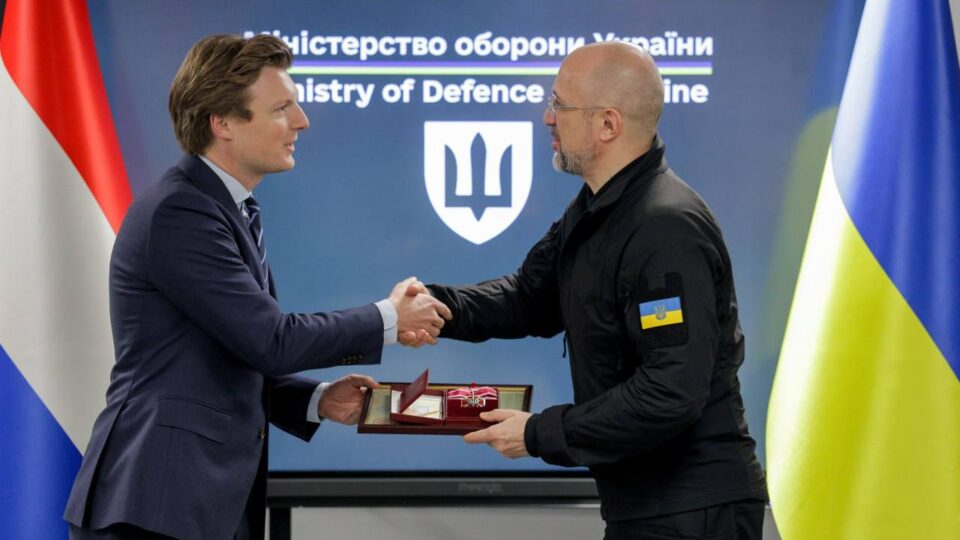
Minister of Defence of Ukraine Denys Shmyhal met with Minister of Defence of the Netherlands Ruben Brekelmans to discuss the launch of joint production of deep-strike UAVs.
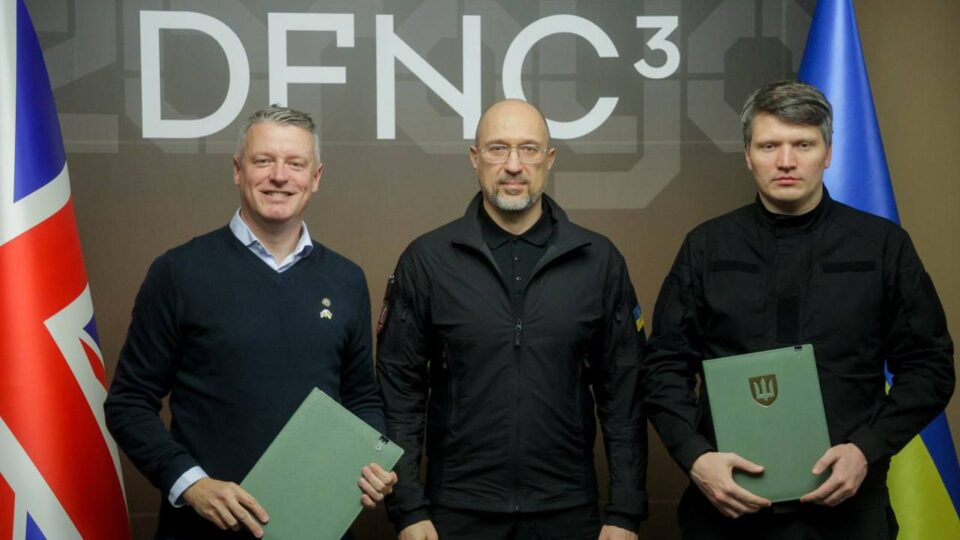
On the sidelines of the International Defense Industries Forum DFNC3, a statement of intent was signed between the UK Secretary of State for Defence and the Ministry of Defence of Ukraine regarding the LYRA program — a partnership in the field of battlefield technologies.
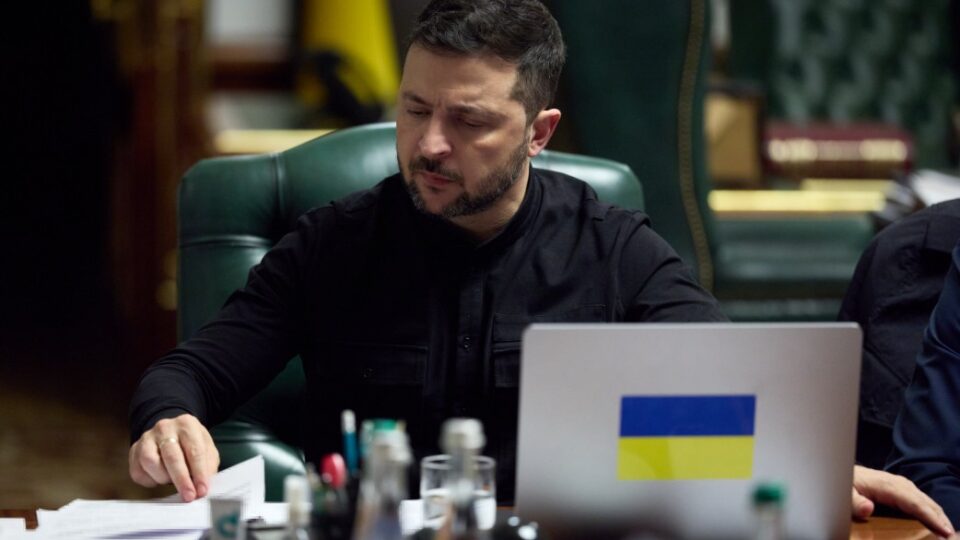
President of Ukraine Volodymyr Zelenskyy held a phone conversation with Prime Minister of the United Kingdom Keir Starmer.
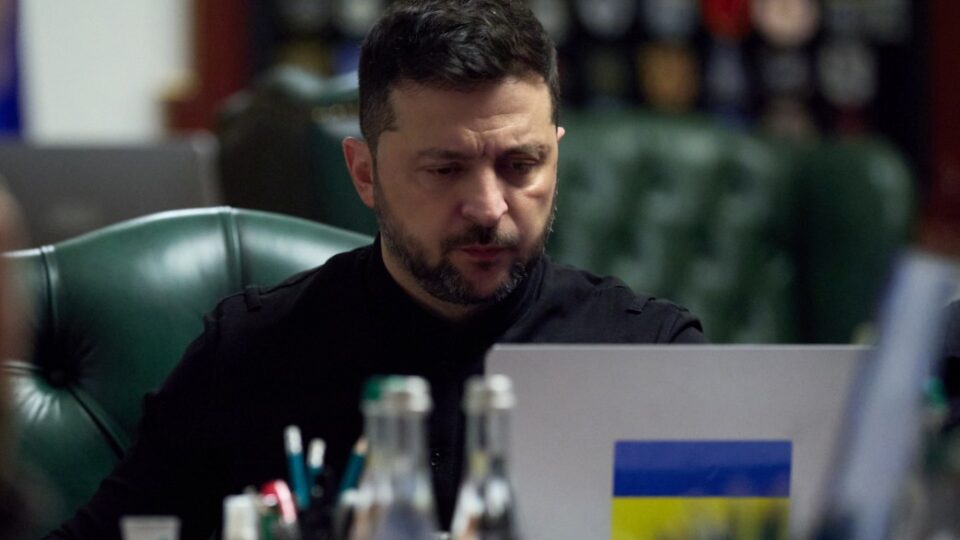
President of Ukraine Volodymyr Zelenskyy held a phone conversation with Federal Chancellor of Germany Friedrich Merz.
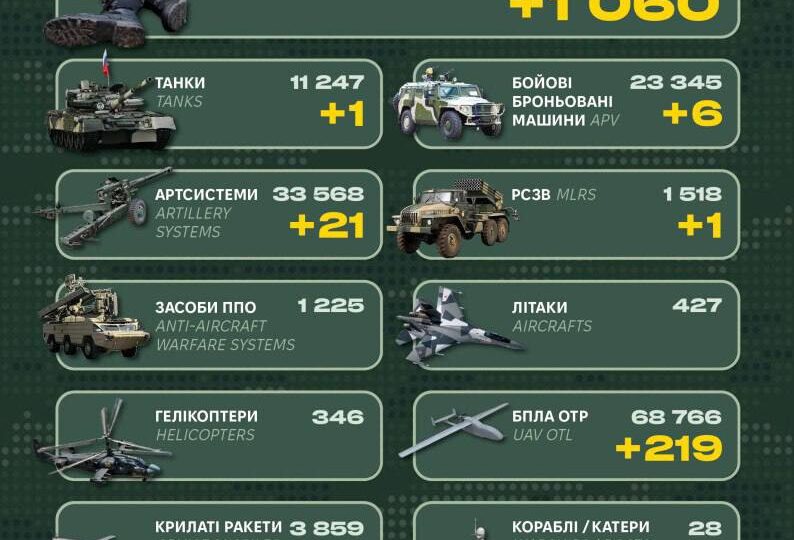
Over the past day, the losses of Russian invaders amounted to 1,120 personnel and 6 armored fighting vehicles.
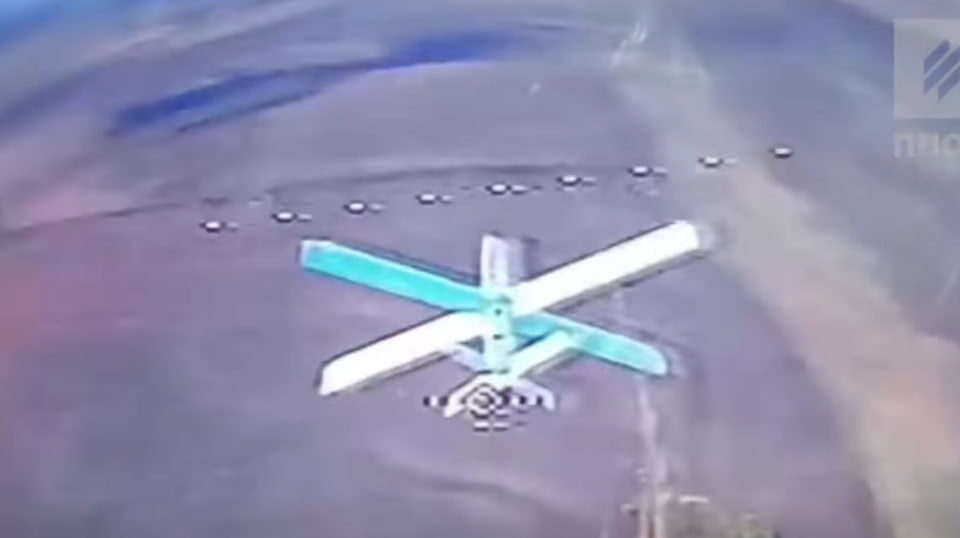
In September 2025, the air defense units of the Third Assault Brigade destroyed 515 enemy drones, including Shahed, Lancet, ZALA, and Supercam.
The war changes every four months The fighter with the callsign “Kiber” is a pilot of the ACS-3 UAV. This…